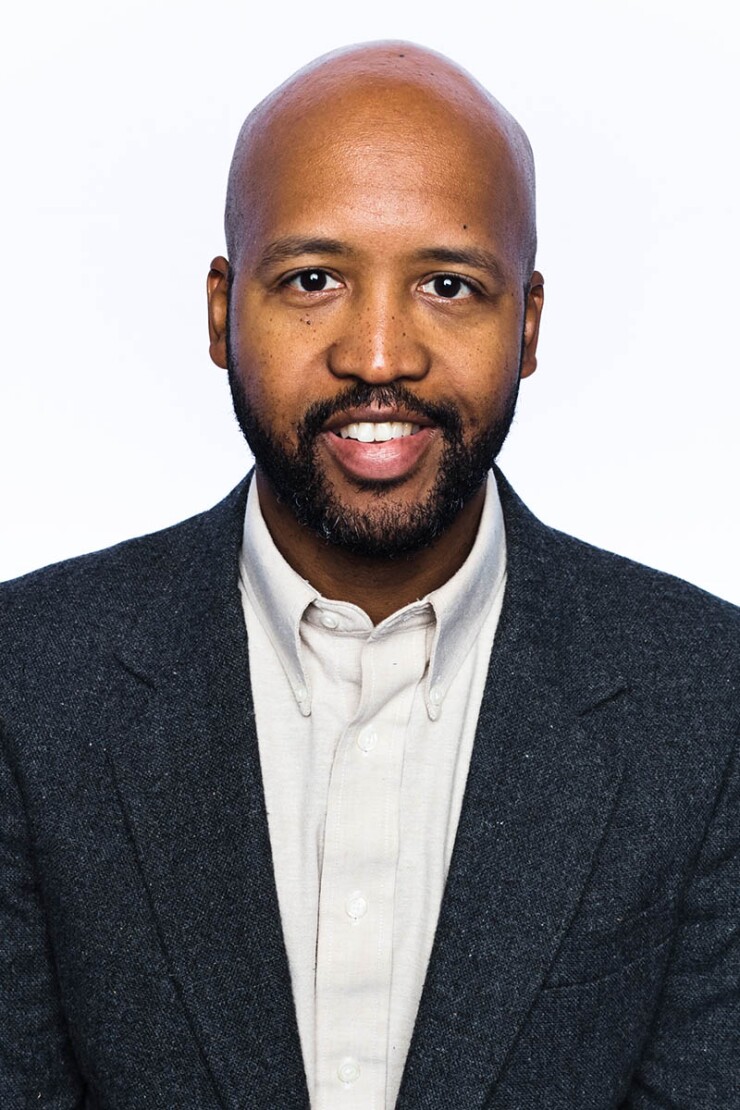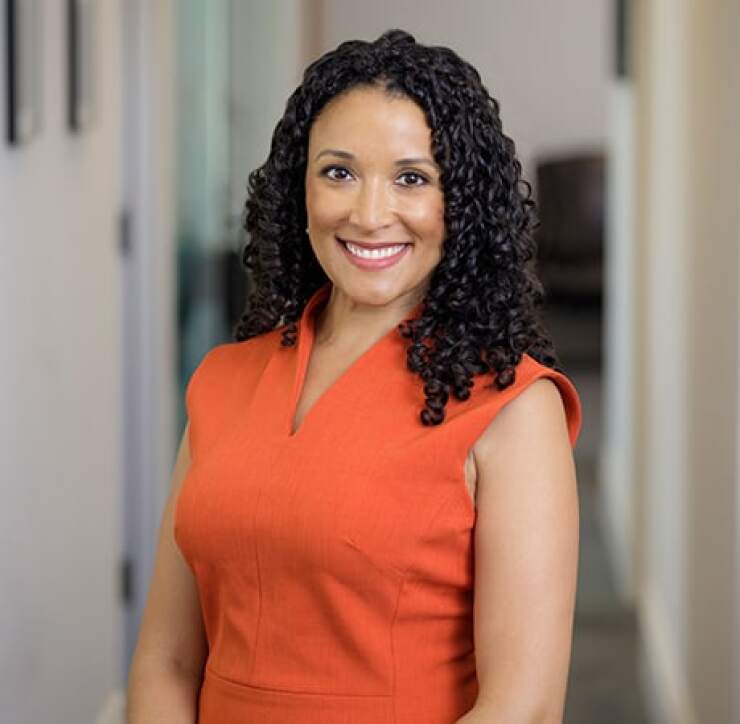Black households trail white ones in terms of savings in part because of historical and institutional obstacles, including a lack of financial wisdom passed down within generations of families.
What’s surprising is that while Black households still lag behind their white counterparts, even after a college education, racial wealth gaps disappear once adjusted for income.

Four panelists discussed savings disparities between Black and white households last week at a Morningstar event, Closing the Gap: Building Black Dollars.
Morningstar Associate Editor Keith Reid-Cleveland moderated the panel, which included Morningstar behavioral researcher Michael Thompson; CEO and founder of Adasina Social Capital, Rachel Robasciotti; and advisor Brian Thompson of Brian Thompson Financial.
The data
Morningstar presented research about Black households, which showed huge gaps in wealth and savings based on factors like income, age and education.

“We're hoping these broader results can help Morningstar and other partners and organizations interested in this problem to work on interventions that help all families to save more,” Michael Thompson says. “But realizing that not one size fits all, we want to figure out ways that we can help Black households in particular, and for that we need specific strategies that look at income, gender, age, education and region for a much broader, holistic approach.”
For every dollar made, the median white family saves about seven cents, while the median Black family saves a penny or less. But when compared to families with the same income, the racial gap disappears, says Morningstar’s Michael Thompson.
“This means that the key driver is not cultural and probably the best way to address the racial savings gap is to reduce the racial pay gap,” he says.
Age is also a factor in the savings gap. Among Black households, the biggest increase in savings does not occur until after 45 years old, which means it may take those households longer to achieve their retirement goals.
Location also matters, Morningstar found. Black families in the South tend to save more than those in the Midwest.
“We're trying to understand some of the differences in the regions. We notice in the South there is lower racial segregation and higher proportions of minority-owned businesses and higher bank account ownership,” Michael Thompson says.
-
This moment has revealed an urgent need for rigorous frameworks that enable the comparison of companies’ performance against racial justice indicators, Earl Carr writes.
May 22 -
The training and certification organization chose a former bank and nonprofit official to lead its new Center for Economic Empowerment and Equality.
February 23 -
A state treasurer’s program in collaboration with the Ford Foundation has attracted 18 firms including UBS, BlackRock, Morgan Stanley, Citi and Goldman Sachs.
June 8
Concerning education, there was not a racial wealth gap for households headed by non-college graduates. However, when Morningstar looked at households headed by college graduates, it found that debt may play a major factor holding higher-educated households back from saving.
“Black families with a college graduate as a head of household do save more than less educated households, but white families led by college graduates save even more,” Michael Thompson says.
“You graduate college and you have debts, and often — as is the case with me personally and many other successful Black professionals that I know — we're not only supporting ourselves but we also have extended family members to support just because of the total community impoverishment that's happened as a result of the injustices that are part of living in the United States as a Black person,” Robasciotti says.
“We also just as a community don't end up having as much money because we don't inherit the funds that would allow us to have debt-free college education.”
Because public schools do not generally teach financial literacy, investment advice is passed down within families, which plays a role in the racial wealth gap, Robasciotti says.
“You can imagine that that education about how to preserve and grow wealth is something that's being passed down within certain families and we just don't have consistent avenues inside of the Black community for ensuring that that happens,” she says. “It's not necessarily always that we've been targeted as much as that white individuals and families in this country have been given numerous advantages, and so I think those are some of the very unique issues that come up for us.”

Solutions
Another issue, Robasciotti says, is the lack of Black financial professionals. She and other panelists recommended looking to groups such as the Association of African American Advisors, the XY Planning Network, the Certified Financial Planner Board and the National Association of Personal Financial Advisors to find Black advisors.
The panelists agreed reparations or
Morningstar’s research found that baby bonds could close the wealth gap to 56%, as opposed to 90%, where it stands now.
“The idea is that they will take those funds, which could potentially be as high as $50,000, and use that to kickstart the next phase of their lives, which would be used to pay for school or to buy a home, along those lines,” Reid-Cleveland says.
“We need bigger systemic solutions in order to make sure that we are on the same level and are on the same playing field, to repair the harm that's already been done and that's really stunted our growth for centuries after centuries. We take two steps forwards and then we have to take three steps back because of racism or systemic discrimination,” Brian Thompson says.

He mentioned the Biden administration’s announcement earlier this month of its plans to tackle the wealth gap. The White House is launching an interagency effort to address inequity in home appraisals and grow federal government contracts with small disadvantaged businesses by 50% or an additional $100 billion over five years, according to a
Robasciotti says the finance industry also has a debt to the Black community.
“Our industry was the distribution and management system that allowed slavery to function as an economic model. What is now Wall Street was actually built by enslaved people and it actually became the official home of the slave market for New York," she says. "What most people don't know who are in finance is that the first American bond market started with enslaved people as collateral for lending. So the very first mortgages in this country were not on homes, they were on people's lives. And today we manage and distribute wealth that was largely accumulated by that theft of life and labor."





